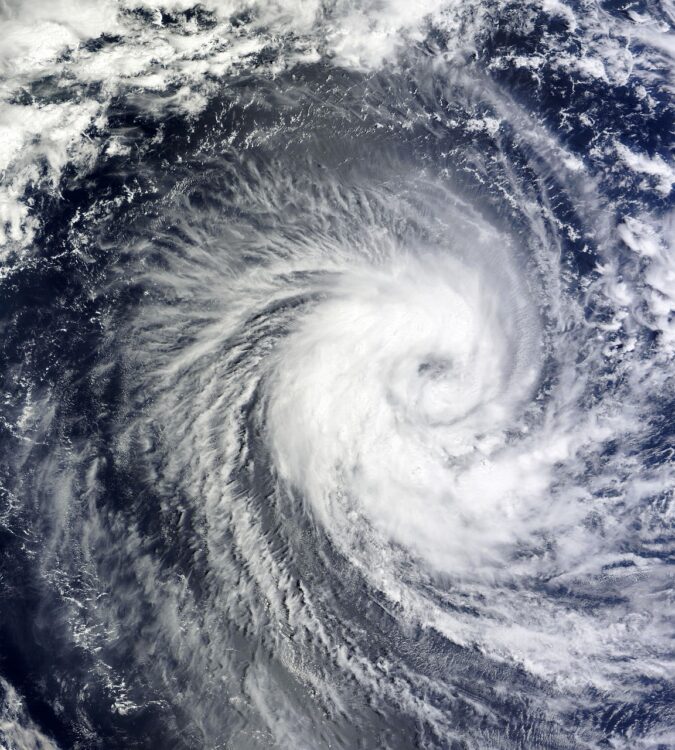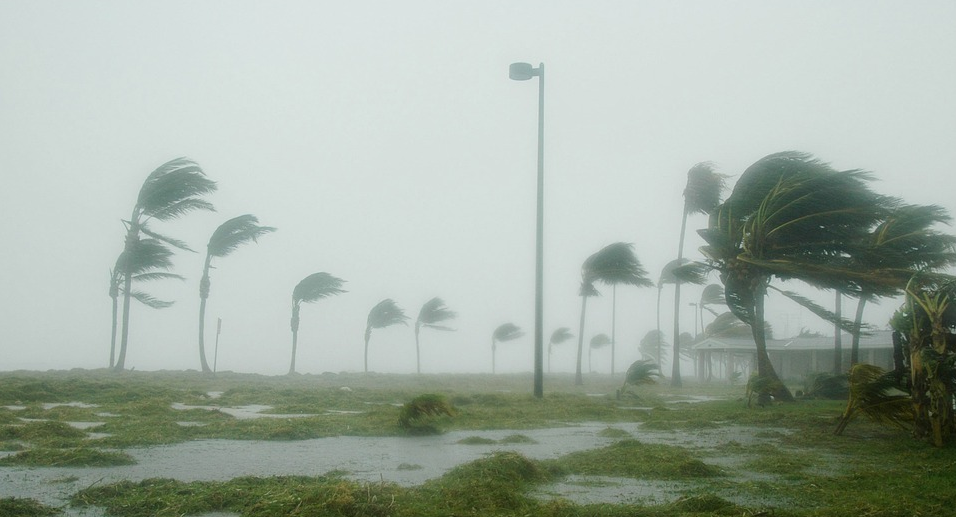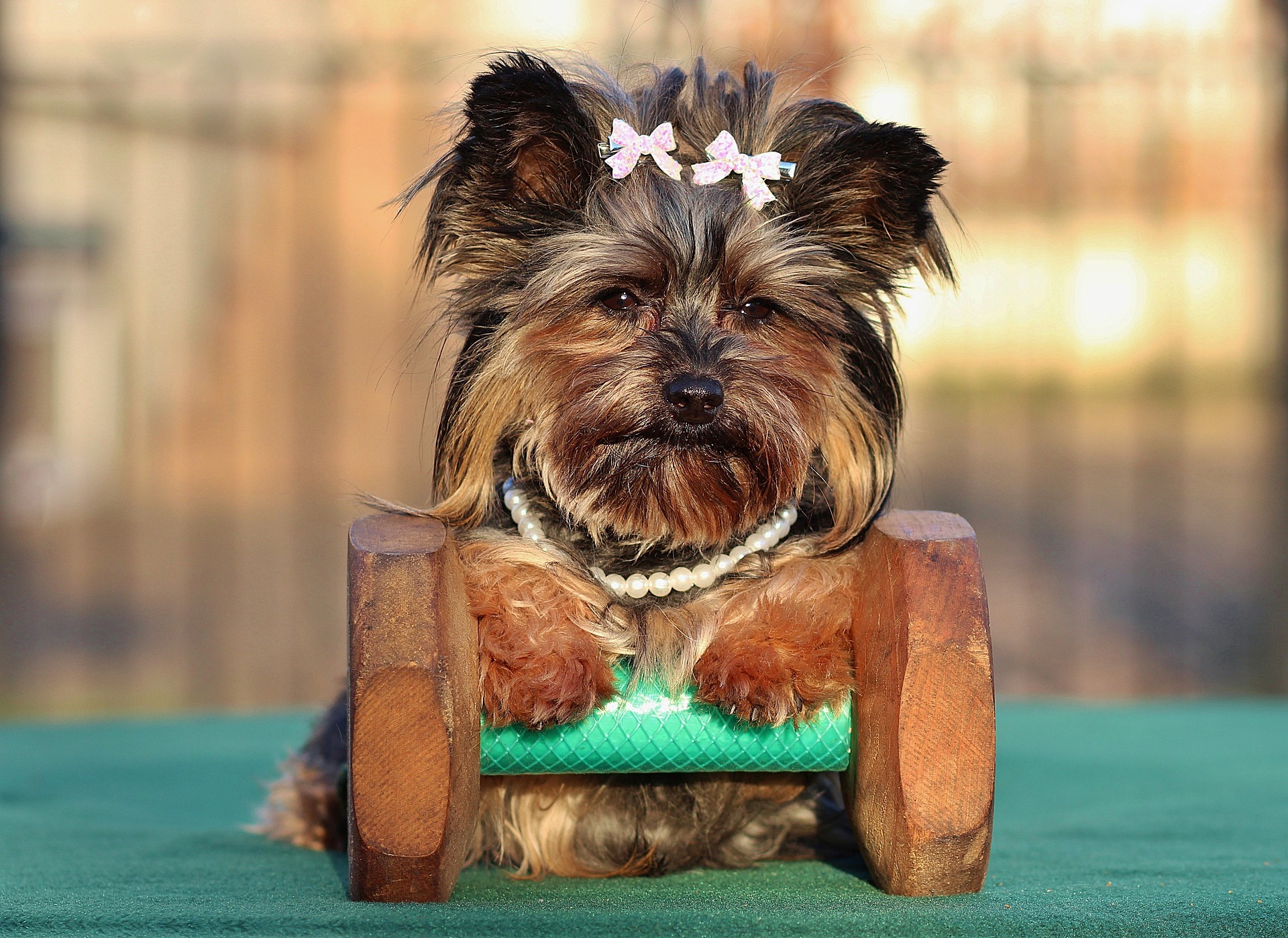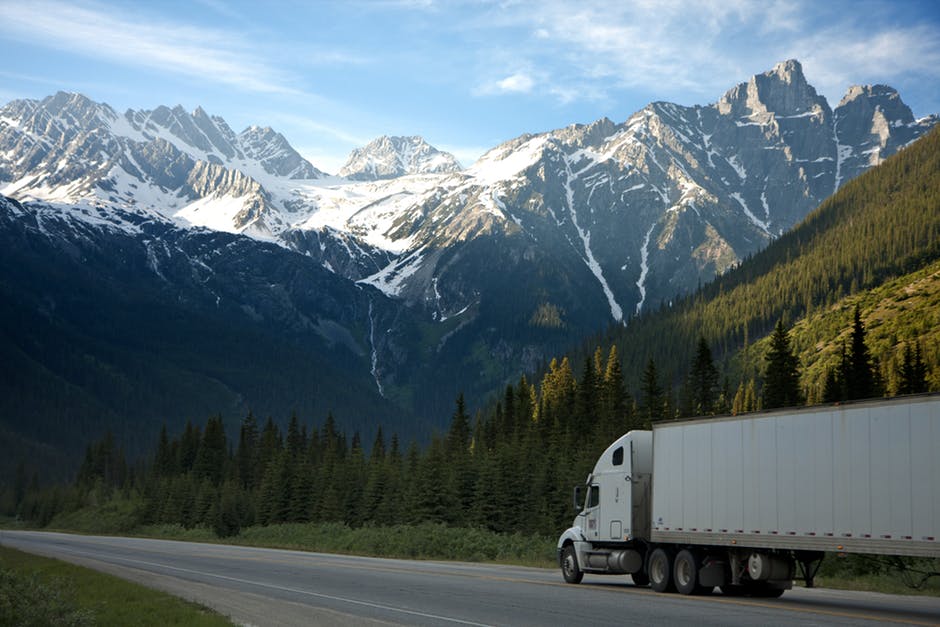Tips to Protect your Pet during a Storm
The NOAA’s official hurricane season starts June 1 in the Atlantic and mid-May in the Eastern Eastern Pacific, so you want to make sure you have a plan for how you will protect your pet. Both seasons end on November 30.
With the potential for storm activity, this is a critical time for pet owners in the hurricane zone to mark their checklist and get supplies. In the event of a hurricane or tropical depression, particularly the stronger category storms, it is NOT safe to let your dogs or cats out to go potty. Reasons for this include: storm surges (walls of water up to 20 feet high), winds in excess of 74 mph (for the weakest hurricanes), inland flooding and power lines down.
Keeping your pet inside and having an indoor toilet solution for dogs and cats with the Pet Loo means you have one less dangerous element to worry about during a storm. With this in mind, Tobi Skovron, CEO of The Pet Loo is available for interviews to talk about the Pet Loo and to share more of these types of tips for hurricane zone pet owners. They include:
TRAINING:
- Now is the time to train your puppy, dog or kitten on a designated area to potty indoors. Pets respond to surface training and the feel of the Pet Loo’s grass surface. Using repetition and praise will condition them that if not let outside, this is the spot where they should go.
- To speed up training, you can also try using an attractant on the indoor potty’s surface. Skip To My Loo is a spray scent that mimics urine and is designed to attract and encourage your dog, puppy or kitten to relieve itself in an area designated by you.
- You should also move your indoor potty to the car as well and train there in case you are ordered to evacuate.

EVACUATION:
- Prepare your pet for departure: Do not leave your pet behind. Additionally, don’t feed your pet at least two hours before departure. Small amounts of water can be given before the trip. If possible, put ice cubes in the water tray attached to the inside of your pet’s travel case, water will spill!
- Portable potties: In the car, using a Pet Loo with its Pee-Pod will absorb urine and turn a liquid into a non-odorous, solidified gel that will hold at least 100 times its weight in liquids. This will also prevent sloshing of urine in the catch basin while the vehicle is in motion.
- Identify a shelter now: For public health reasons, many emergency shelters cannot accept pets. Find out which motels and hotels in the area you plan to evacuate to allow pets well in advance of needing them. There are also a number of guides that list hotels/motels that permit pets and could serve as a starting point. Include your local animal shelter’s number in your list of emergency numbers. They might be able to provide information concerning pets during a disaster.
- Make sure identification tags are up-to-date and securely fastened to your pet’s collar. If possible, attach the address and/or phone number of your evacuation site. If your pet gets lost, his tag is his ticket home.
- Before you find yourself in an emergency situation, consider packing a “pet survival” kit which could be easily deployed if disaster hits. Take pet food, bottled water, medications, veterinary records, cat litter/pan, manual can opener, food dishes, first aid kit and other supplies with you in case they’re not available later.
Let us know if you want to speak with Tobi. Overall, NOAA predicts this 2023 season will probably have 12 to 17 named storms with 5 to 9 developing into hurricane strength. Be prepared – have a plan in place to protect your pet.
This article was previously published May 29, 2012, and has been updated with new information.
Did you enjoy this post? Here are three more of my most popular articles:
TEDx Talk – Animals Are Smarter Than You Think
How Cat Communication Prepared TuffyTiger To Go Outside Safely
Is My Dog Happy? Here’s How to Know For Sure






Leave a Reply